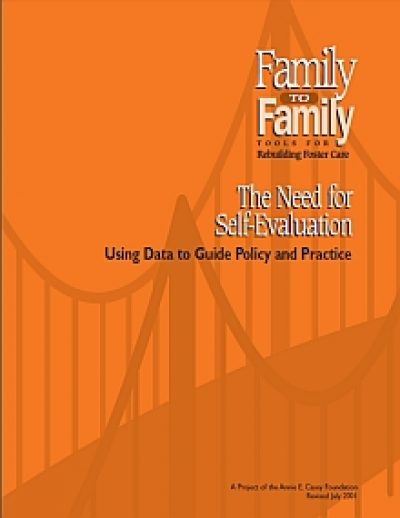Summary
Written to describe the various data tools and approaches Family to Family states and communities used for their self-evaluation, this document provides an overview of four data tools child welfare agencies can use to guide planning, policy and services. These include longitudinal analysis, population profiles, caseload projections and desktop mapping. States were just starting to develop their Statewide Automated Child Welfare Information Systems when the document was written; thus, some states may have incorporated some or all of these tools into their systems since this document’s original publication.






